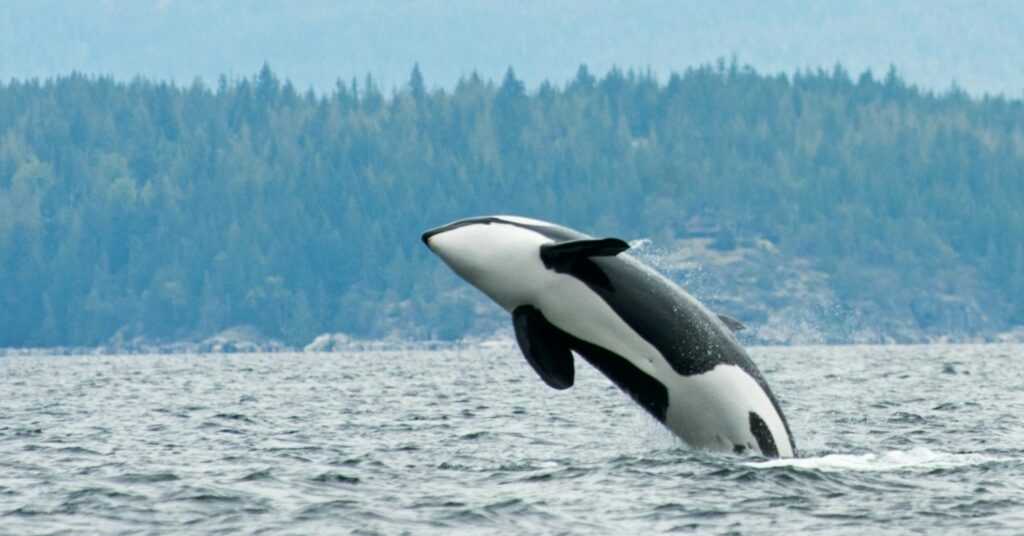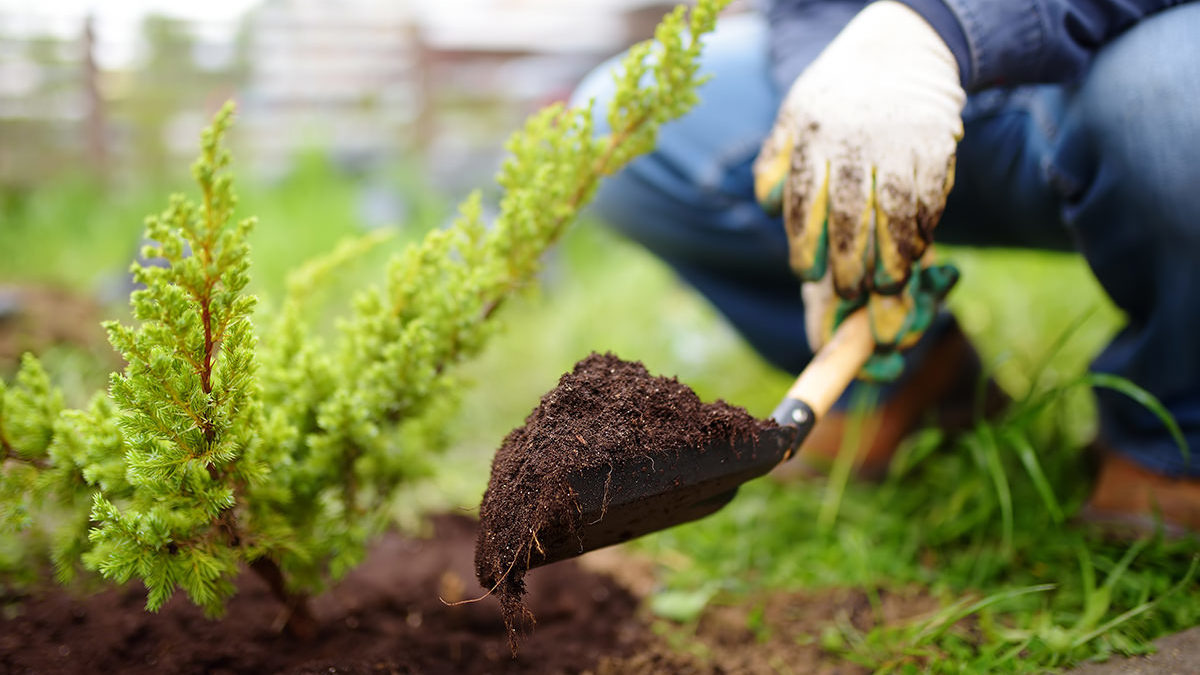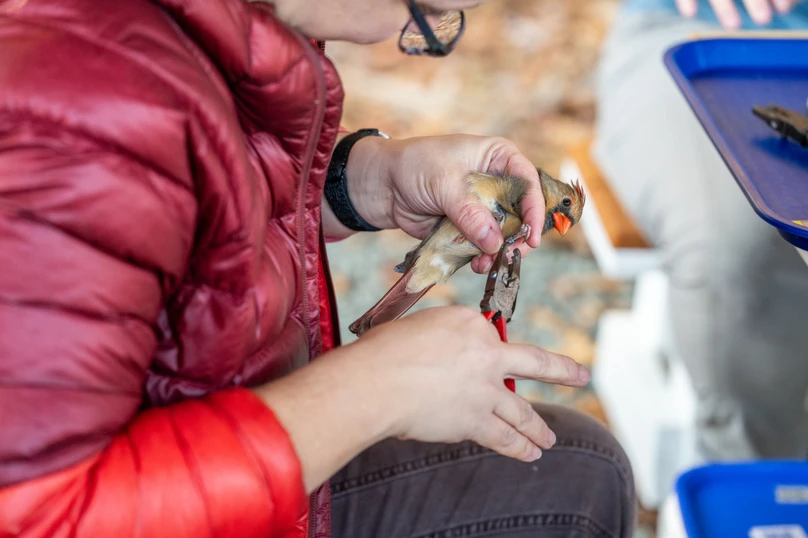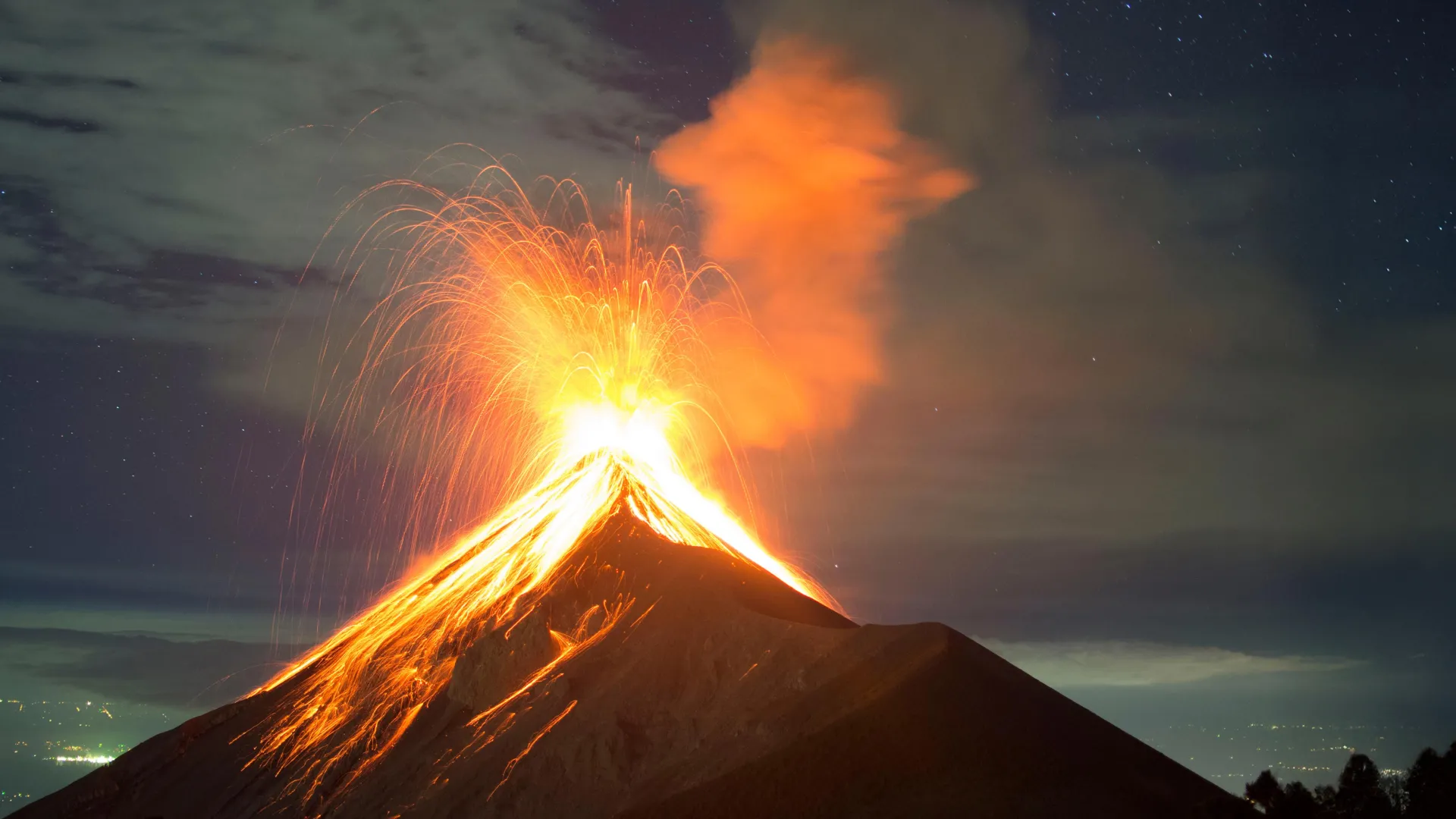PROTECT YOUR DNA WITH QUANTUM TECHNOLOGY
Orgo-Life the new way to the future Advertising by AdpathwayThis post comes to PBS Nature from World Wildlife Fund (WWF). Views and opinions expressed in blog posts are those of the individuals expressing them and do not necessarily reflect those of THIRTEEN Productions LLC/The WNET Group.
Growing up in Sri Lanka, I developed a love of wildlife — especially elephants. But I also saw the devastating toll of human-wildlife conflict. Families lost their crops overnight. Retaliatory killings of elephants became tragically common. These experiences shaped my commitment to conservation and led me to work on coexistence strategies not just in Sri Lanka, but around the world. And what I’ve learned is that true coexistence isn’t about choosing between people and animals. It’s about rethinking how we share space.

A herd of Asian elephants in a tea estate, North bank programme, India.
© Gert Polet / WWF Netherlands
Around the world, people and wildlife are sharing space more than ever before. Since 2021, over half of Earth’s terrestrial surface has been shared by both humans and wildlife — a number that continues to rise. As cities sprawl, farms expand, and infrastructure cuts through habitats, encounters between people and wildlife become inevitable. But these interactions are often negative. When elephants feed on crops, wolves prey on livestock, or leopards wander into villages, human-wildlife conflict occurs. And this isn’t just a rural issue. Whether it’s raccoons in city trash cans or deer eating suburban gardens, human-wildlife conflict can happen anywhere. In response, people often build fences, use noise deterrents, or even retaliate against animals. Yet these short-term fixes rarely address the deeper challenge: how can we coexist with wildlife on our increasingly shared planet?

Wilson, 20, a herder in Narok County, near the Maasai Mara National Reserve, Kenya.
© Juozas Cernius / WWF-UK
Human-wildlife conflict isn’t a new problem, but it is becoming more prevalent. Climate change is creating more competition for shared resources like drinking water and nutritious food, deforestation is shrinking habitats, and infrastructure is fragmenting animal migration corridors. As a result, wildlife is squeezed into smaller spaces, bringing them into greater conflict with people. The consequences ripple outward—impacted livelihoods, increased tensions, and, in some cases, human and wildlife injury and death. Negative interactions with wildlife can impact society at all levels, from global production and supply chains, to businesses, food security, and regional and national economies. Despite the scale of the issue, solutions have often been reactive and piecemeal. What’s needed is a shift in perspective: treating human-wildlife conflict not as a battle to be won, but as a challenge to be addressed through collaboration, innovation, and respect for both human and animal needs.

Polar bear mother and cub scavenging, Cape Tobin, Ittoqqortoormiit, Greenland
© Charlotte Margaret Moshoj / WWF-DK
That’s why I contributed to the development of the Conflict to Coexistence (C2C) approach, which is a collective effort by many colleagues. Instead of focusing on temporary solutions, this framework looks at the bigger picture—how social, ecological, and economic factors interact to shape conflict. This means bringing together conservationists, local communities, policymakers, researchers, and others involved in such conflicts to develop context-specific solutions. Coexistence isn’t a static state—it’s an ongoing process of adaptation and collaboration.
I’ve had the privilege of seeing this approach in action. In Bhutan, Tanzania, Mozambique, Republic of Congo and Thailand, pilot implementation of the C2C approach has led to deep stakeholder and partner engagement across various groups, resulting in co-designed strategies to manage conflicts with strong ownership by the partners implementing management measures. For instance, in Bhutan the co-designed C2C strategy includes management interventions like planting native trees to enrich degraded habitats, supporting the establishment of homestays so impacted communities that have lost income to wildlife conflict can diversify their livelihoods, and establishing rapid response teams with local community members to safely respond to incidents, among many other locally-relevant measures.
Coexistence isn’t something that can be imposed from the outside. The most effective approaches are those that support and build on the solutions of indigenous people and local communities that have coexisted with wildlife for centuries. When impacted communities feel ownership over coexistence efforts and benefit from living with wildlife, they are far more likely to embrace and sustain them.
Everyone can contribute to coexistence. Respecting wildlife by keeping a safe distance, supporting conservation initiatives that prioritize holistic, community-driven solutions, and even small actions—like securing garbage bins or not feeding wild animals—can make a difference in preventing conflicts.
Coexisting with wildlife is essential for the resilience of ecosystems, the security of communities, and the future of biodiversity. By working together, we can build a future where both people and wildlife don’t just survive, but thrive.
Nilanga Jayasinghe is a manager on the Wildlife Conservation team at WWF and focuses on Asian species, particularly elephants, rhinos, tigers, and snow leopards.























 English (US) ·
English (US) ·  French (CA) ·
French (CA) ·